One of the things I LOVE most about teaching and developing educational teaching resources is incorporating travel into my focus. I’ll always look for ways to include some kind of travel focus on what I do because I LOVE to travel! And if you are a regular reader of my blog or you know me, then you’ll know that I also LOVE to take photographs.
We have to have a side note here about how you travel – no matter how you do it, you need to make sure all your finances and documentation are in order! Say you go from the US to the UK for a caravan trip in the lovely and idyllic countryside, you need to know about tax laws and what you may need to pay, this simple guide can help you understand that better. The same goes for when you travel further into Europe, do you have your necessary identity papers and money? If you get this sorted out beforehand, you’ll be able to experience all these travel brochures have to offer. Lecture over!
Teaching about travel or developing travel related resources warms my heart because I love to share my travel experiences and stories {and my photos!}, especially about Indonesia {obviously that’s one reason why I have a blog!}. It also excites me as there’s always something for everyone whether I am telling you about the best place to stay in Indonesia or it’s a new destination for you to learn about and explore. It’s also really easy to inspire others about travel through a funny or interesting story of an adventure overseas or simply through a photograph.
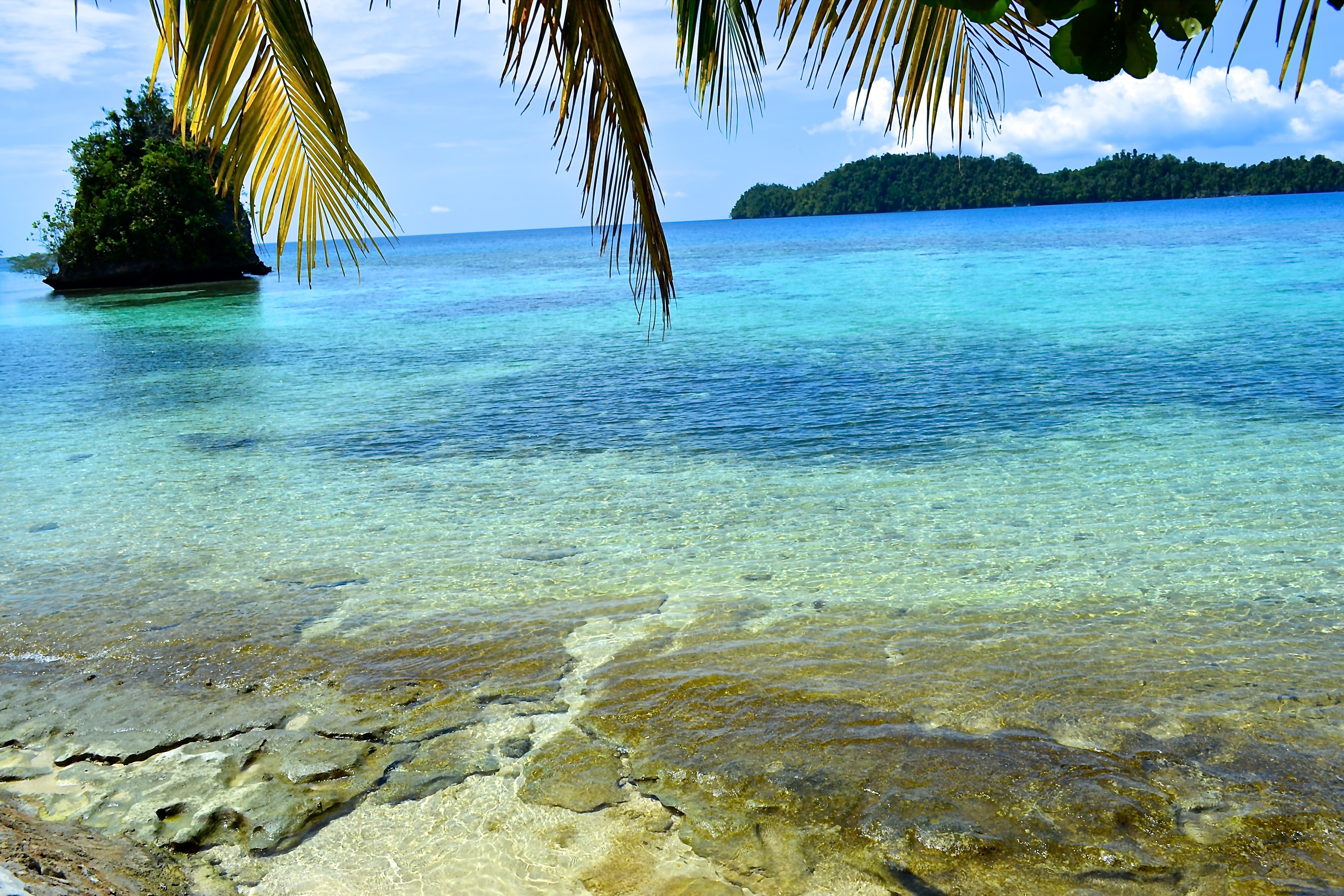
Travel related activities range from creating a post card/e-card {you can see an example of an e-kartu pos here}, writing a travel blog post {you can see an example of this here}, writing a mock-up of an email or social media post and designing a travel brochure. One of my favourite activities related to travel is designing a travel brochure. Recently I developed a couple of travel brochures as educational resources for the Language Learning Space.
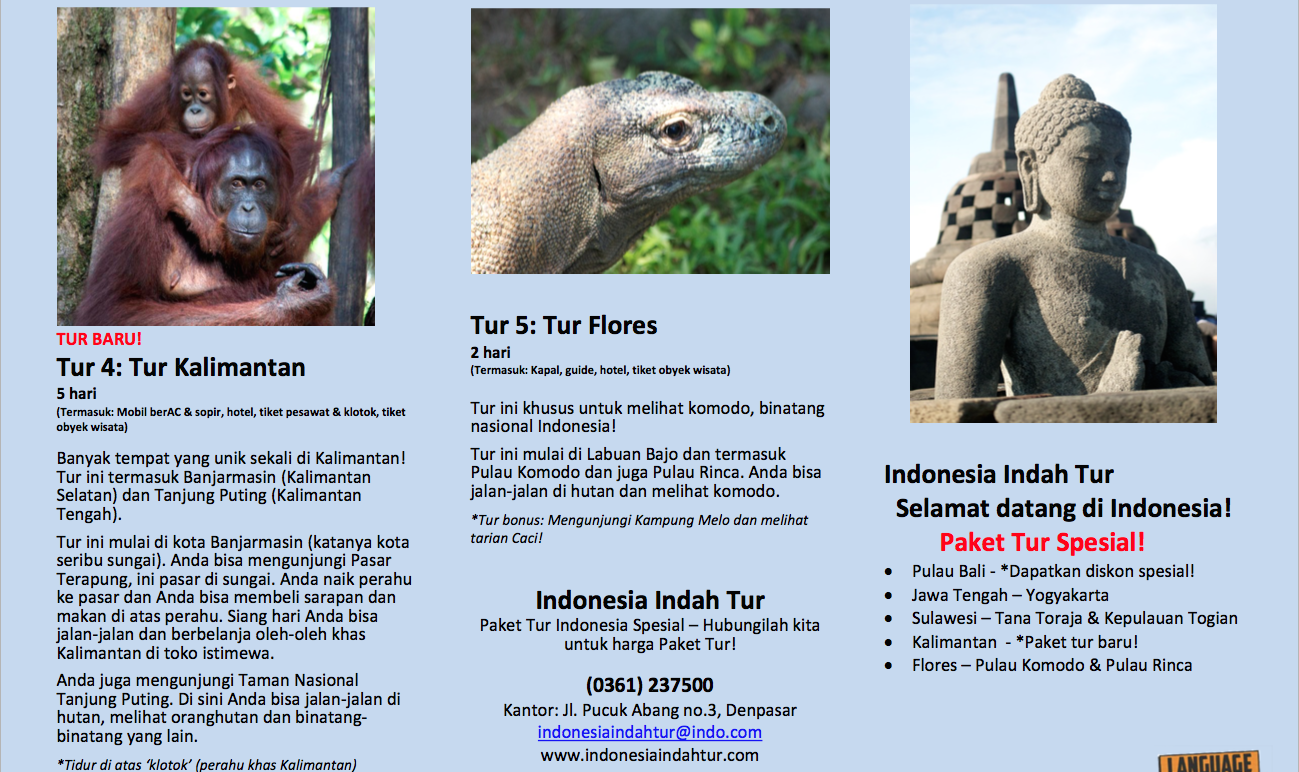
Click here for the pdf version: LLS Brosur Indonesia Indah
Also, this brochure with specific tours for Tana Toraja, Sulawesi.
For a full version of the pdf doc click here: LLS Brosur Tana Toraja
So, lets look at incorporating a learning task of designing a travel brochure into your Indonesian Language program.
With the internet it’s really easy to find travel information, the research possibilities and information are endless. It’s also fun for students to go to a travel agent and seek out information and travel brochures too. Travel agents have lots of free full colour brochures and cool insider information. And when students make their own travel brochure, they will be sure to remember all those fun facts that they have learnt as they put them all in one place.
There are two ways you can approach this learning task of designing a travel brochure; students can choose a place that they have already been to {i.e. some students may have traveled to Bali on a family holiday} OR students can choose a place that they would like to visit and find out all about it. Students can then begin to design a travel brochure describing what the place/location is like, the fun things to do there, and why they would choose it for a holiday destination spot. They can also draw pictures, use photographs, add maps, and write details about what they see or learn through their research.
Designing a brochure requires students to think about details from a place they have visited or a place they might want to visit. Both require research, but different kinds. If they are writing about a place they have previously visited, they will be recalling information, sensory details, and information about their trip. If they are learning and researching about a new place, they will be conducting internet and book research and maybe even interviews as they gather information. Then students will take all that information and turn it into a travel brochure. In both cases, they will find information and collate it, select relevant facts, design an interesting layout, and write for others or themselves to read.
Here’s what to do:
1.Students share their travel stories:
- Where did they go?
- What were their favourite moments and things to do on their travels?
- What was the best place to eat? The best place to stay? The activity that was the most fun?
2. Students who want to design a travel brochure of a place they would like to go to:
- Why do they want to go to that place?
- What do they know about it already?
- What would they want to know before they go there?
- Where would they look for that information?
3. Learn what makes a successful travel brochure. Collect travel brochures from travel agents {you may also have some that you have collected on your own travels in Indonesia that you could share with your students for more authentic realia} or together you could look online for some good examples of a variety of travel brochures.
4. Look at all the different examples of travel brochures together.
- Are there maps? photos? diagrams? other illustrations?
- What kind of language and vocabulary is used?
- How is text presented? paragraphs? bulleted lists?
- Are there specific places highlighted? What kind?
5. Once students have looked at lots of examples of different travel brochures, ask them to re-visit Step 1 or 2 {which ever they choose to do} and ask what additional information do they need or want to include to make a useful travel brochure? Ask them to think about these questions:
- Who is your audience for this brochure? What is your purpose? {Is it to convince your parents to take you on a trip to Indonesia?, Is it for a friend or neighbour to learn about a place that you have traveled to? etc}
- What aspects of a travel brochure {maps, diagrams, photos, bulleted lists etc} would help you design a travel brochure that will be useful for your audience?
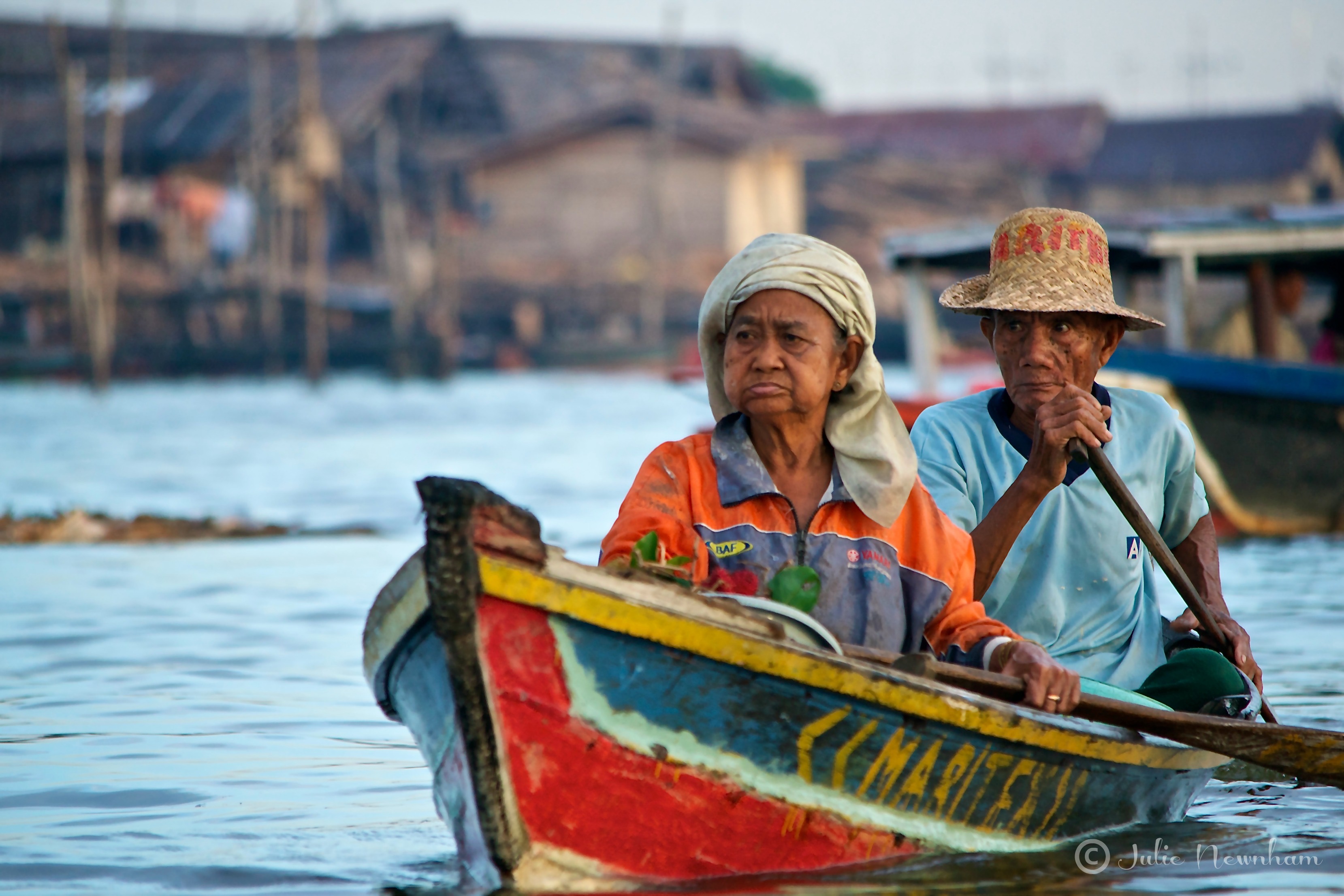
6. Then students can begin the task of designing a travel brochure of their own, this can be done by hand but for a more professional and polished look it can be designed online or digitally. To assist students and guide them in what needs to be included, share the Things to include in a Travel Brochure Handout.
7. Other points to discuss with students in regards to designing a travel brochure:
- Photos – probably the most important part of a travel brochure. Photos will draw a reader in and help imagine they are in the specified travel destination. Choose clear, bright, colourful photos that help transport the reader to the specified travel location. Think about what photos are best to use on the front cover and which ones to use throughout the brochure.
- Colour Scheme – the colours of a travel brochure play an important role in how the reader/audience will feel about it as it will most likely be the first thing that people notice. Try to match the feel of the travel brochure to the destination being promoted. For example; blue can communicate tranquility and peace, and lighter blues have a particularly calming effect. So, if the travel location is a peaceful, relaxing place then blue will send the right message to the audience.
- Templates – design and layout of the travel brochure are also very important. There are loads of different online travel brochure templates to use. One of my favs is from Canva. Some other good ones to use are; Microsoft Office Online Travel Brochure Templates, Brother Creative Centre, or you can simply use the Microsoft Word Document Gallery of Templates on your computer, search for Brochures, there are numerous different brochure templates, which are easy to use and adapt {and students don’t need to be online to design and work on their travel brochure}.
Or you can download this Word Template of a Travel brochure that I have created here.
I guarantee students will really enjoy designing and creating a travel brochure, oh and they will learn heaps too! To complete the learning task, students could share their travel brochures with the class and use them for a wall display in the Indonesian Language classroom and around the school or digital travel brochures could be shared online, perhaps on your school website or a Wiki or Blog if you have one.
A ‘wonderful’ website for Indonesian travel research is the Wonderful Indonesia website.
And lastly this learning task of designing a travel brochure could be connected to or an extension of the post I wrote on Wonderful Indonesia.
Hope you are inspired to incorporate some travel related activities into your Indonesian Language Program as the ultimate goal for language learners is to travel to the country of the target language and experience all there is to know and see for themselves.
Have you incorporated travel learning tasks into your Indonesian Language Program? What learning tasks did you do?
Have your students ever designed their own Travel Brochure? Did they enjoy it?
Do you have any other tips to include?

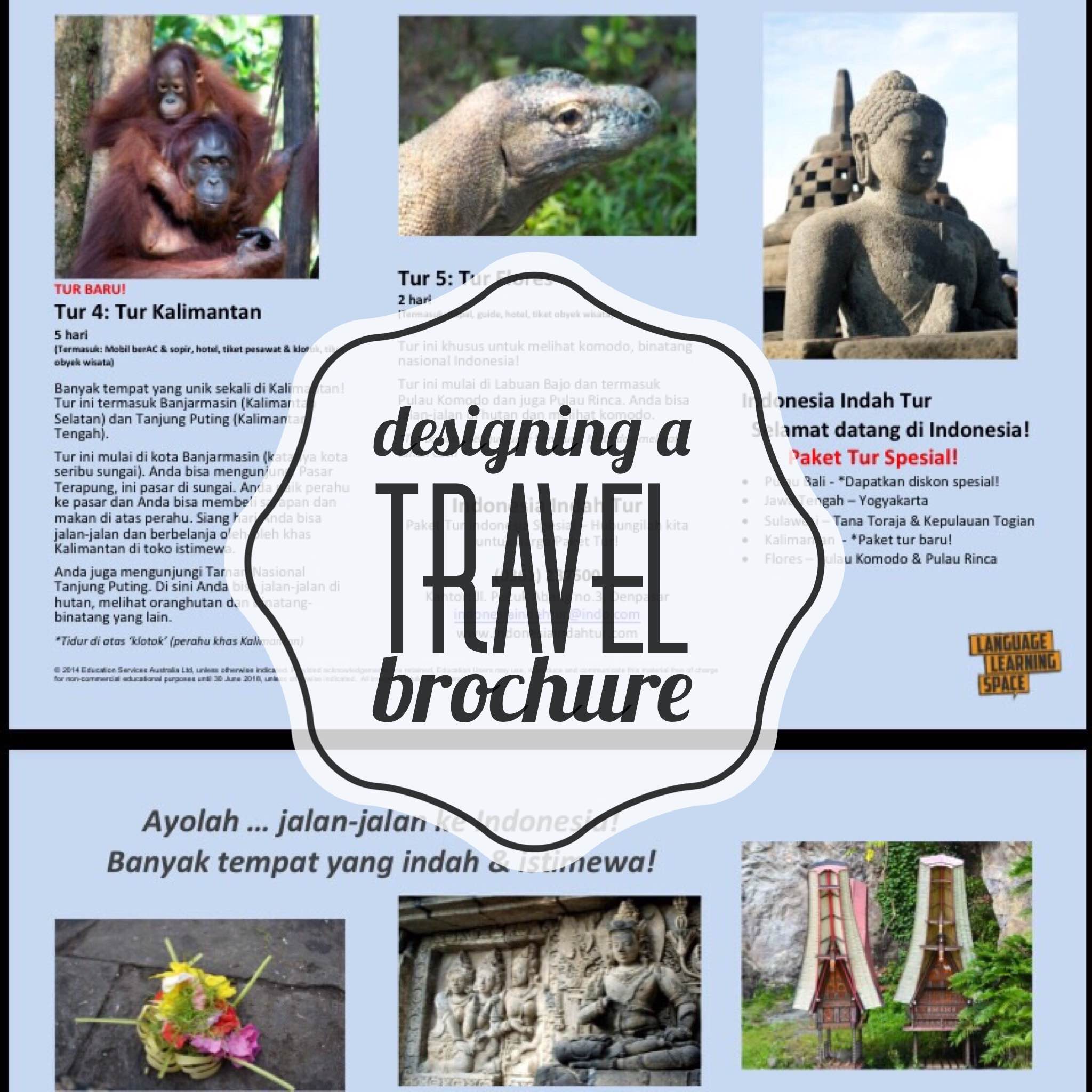
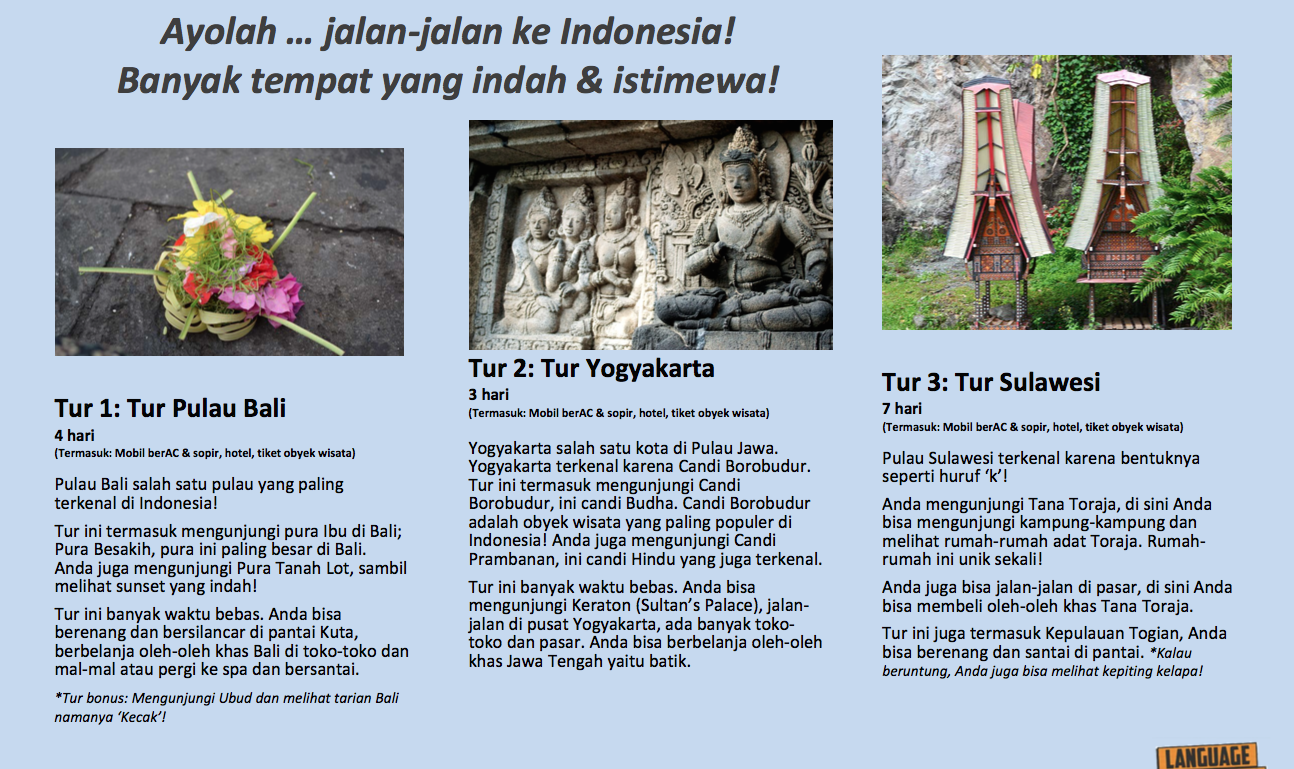
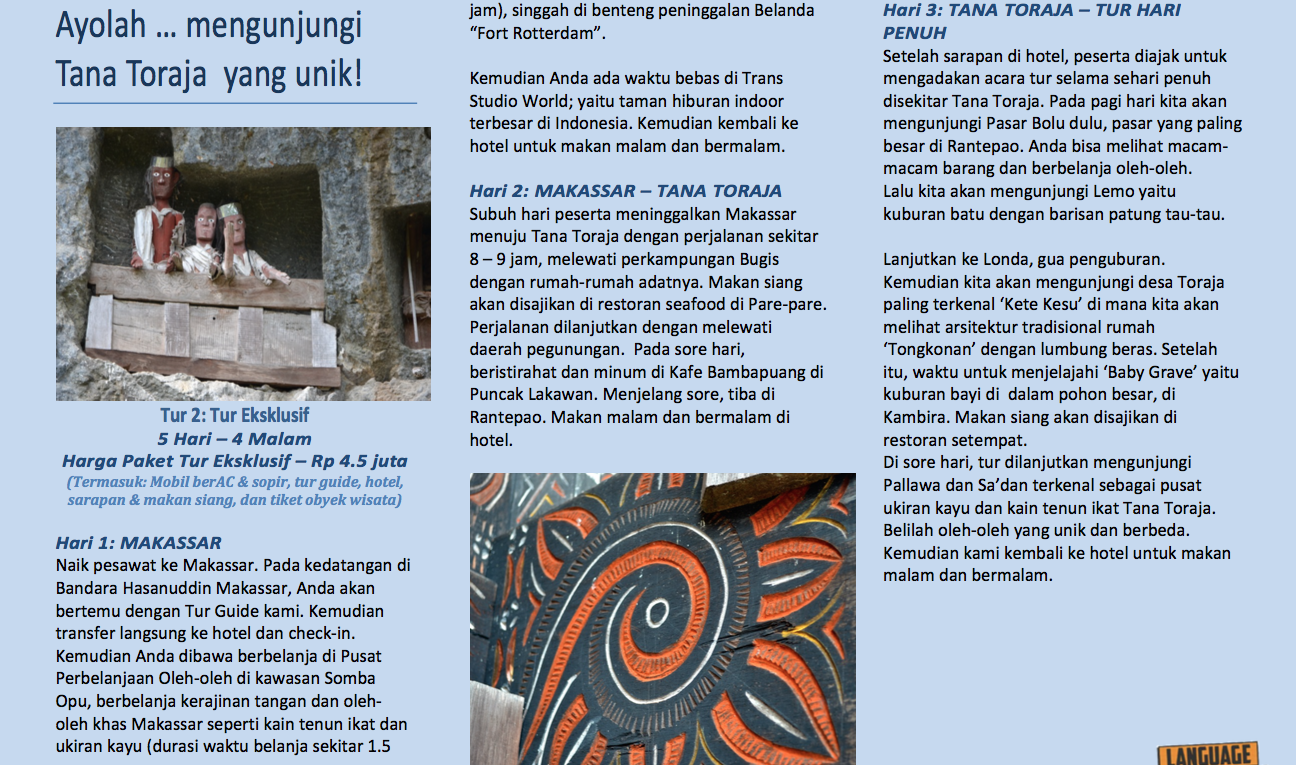
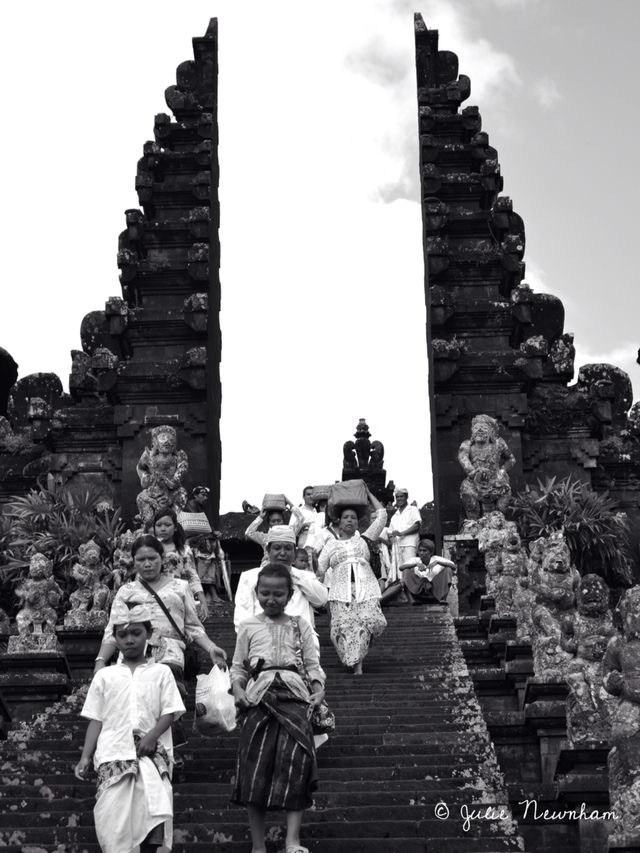
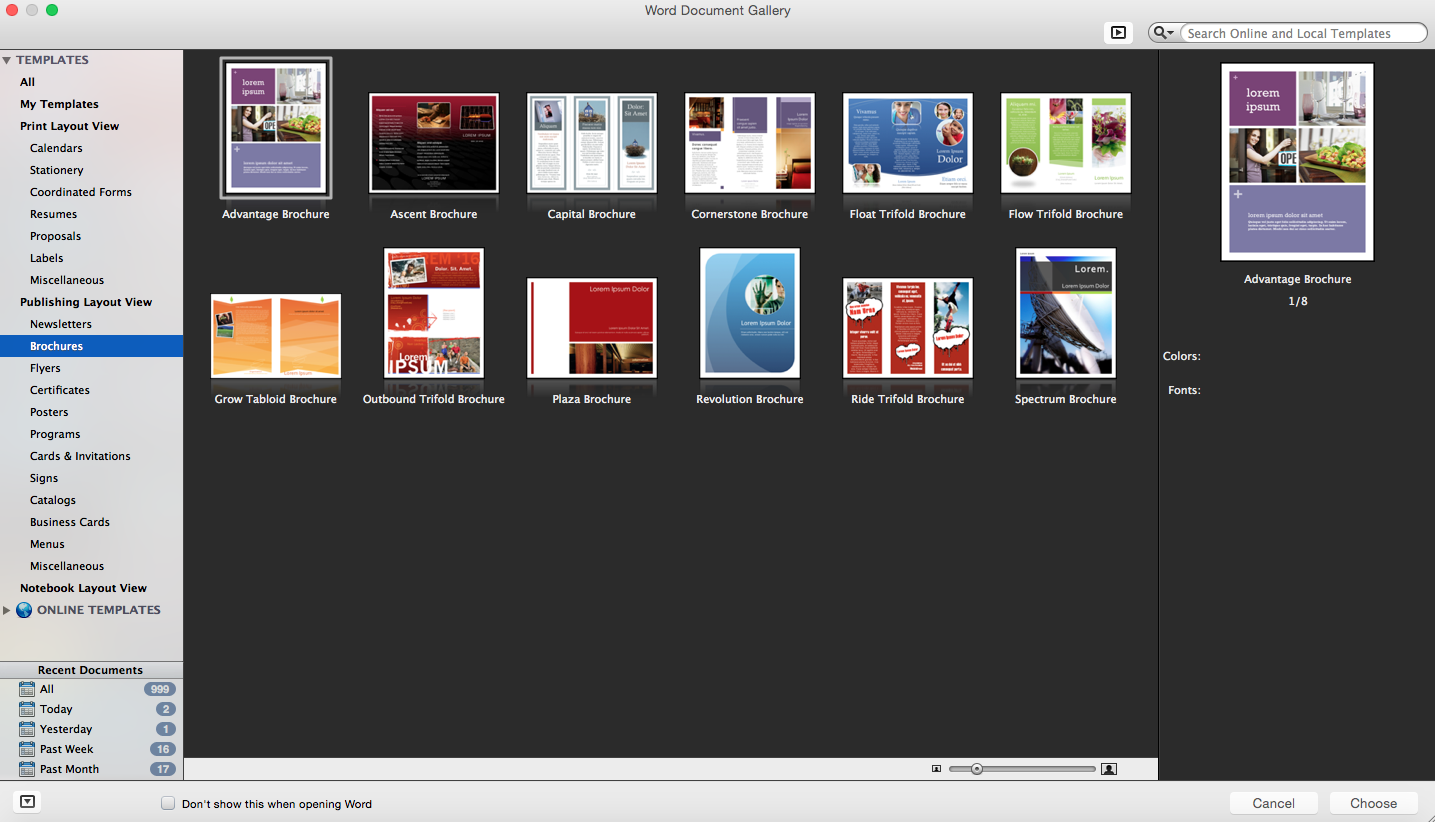
Wonderful post! We will be linking to this great
post on our site. Keep up the good writing.